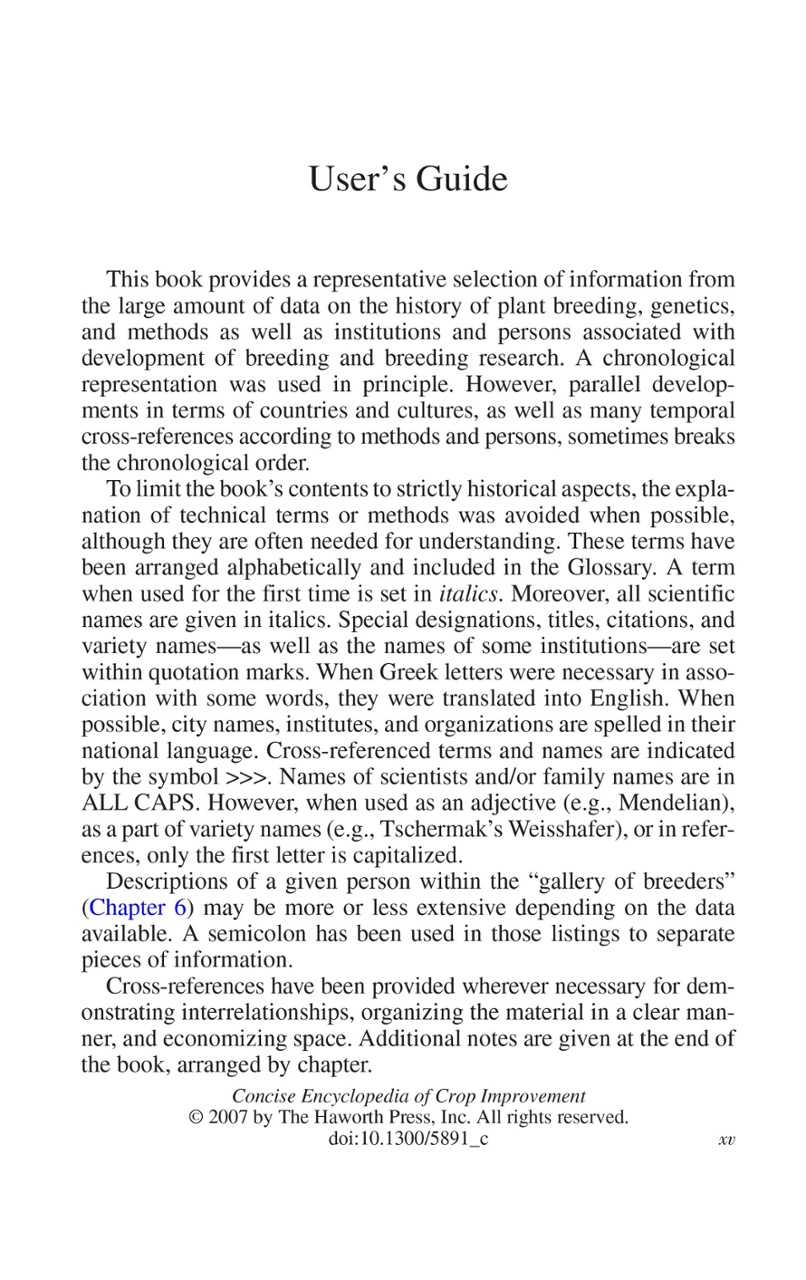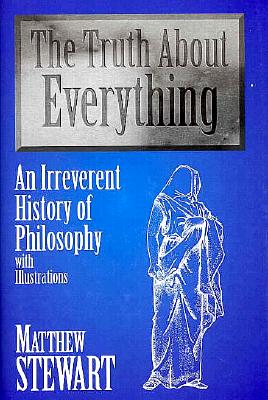Where Was Peter Crucified: Unveiling the Historical and Theological Significance
Guide or Summary:Historical ContextTheological ImplicationsEnduring LegacyIn the tapestry of history and faith, the crucifixion of Peter holds a unique plac……
Guide or Summary:
In the tapestry of history and faith, the crucifixion of Peter holds a unique place. As one of Jesus Christ's closest disciples, Peter's crucifixion is not only a poignant reminder of the early Christian martyrs' unwavering devotion but also a testament to the enduring legacy of the faith. This article delves into the historical context, theological implications, and the enduring legacy of Peter's crucifixion, painting a vivid picture of where this pivotal event took place and what it signifies for believers across the centuries.
Historical Context
Peter's crucifixion is a poignant chapter in the annals of early Christianity. According to historical accounts, Peter was taken into custody by Roman authorities during the late first century. His arrest and subsequent crucifixion were a direct result of his steadfast refusal to renounce his faith in Jesus Christ. It is widely believed that Peter was crucified upside down, a method of execution reserved for slaves and criminals, reflecting his low social standing.

The location of Peter's crucifixion is a matter of scholarly debate. While there are conflicting accounts, the most widely accepted theory places the crucifixion in Rome. Specifically, some historians and theologians point to the area surrounding the Circus Maximus or the Vatican as the site of Peter's crucifixion. These locations bear historical significance, as they were central to Roman life and served as crucifixion sites for many of the empire's martyrs.
Theological Implications
Peter's crucifixion is imbued with profound theological significance. As a key figure in the early Christian movement, Peter's willingness to die for his faith serves as an enduring example of Christian martyrdom. His crucifixion underscores the idea that faith in Christ is not merely a personal belief but a commitment that can transcend life itself.
Moreover, Peter's crucifixion is often cited as a manifestation of the Christian ideal of self-sacrifice and love. By choosing to die rather than deny his faith, Peter exemplifies the ultimate act of love and devotion. This act of selfless sacrifice resonates throughout Christian tradition, inspiring generations of believers to follow in Peter's footsteps.

Enduring Legacy
The legacy of Peter's crucifixion endures to this day. It serves as a powerful reminder of the early Christian martyrs' unwavering faith and their willingness to endure suffering for their beliefs. Peter's story continues to inspire believers around the world, embodying the enduring power of the Christian message.
Furthermore, Peter's crucifixion has left a lasting impact on Christian art and iconography. Depictions of Peter's crucifixion are common in Christian art, serving as a powerful visual representation of the crucifixion's theological significance. These images help to perpetuate Peter's story and ensure that his legacy continues to inspire future generations.
In conclusion, the crucifixion of Peter is a pivotal event in the history of Christianity. Its historical context, theological implications, and enduring legacy make it a significant chapter in the annals of faith. By exploring the crucifixion's location and significance, we gain a deeper understanding of the early Christian martyrs' unwavering devotion and the enduring power of the Christian message. Whether through historical accounts, theological reflections, or artistic depictions, the story of Peter's crucifixion continues to captivate and inspire, serving as a testament to the enduring legacy of faith.
